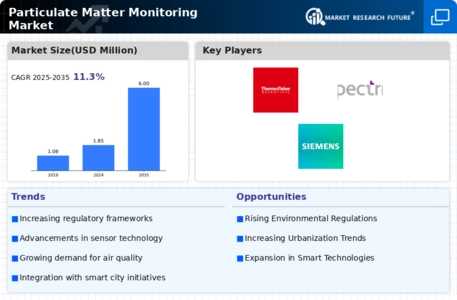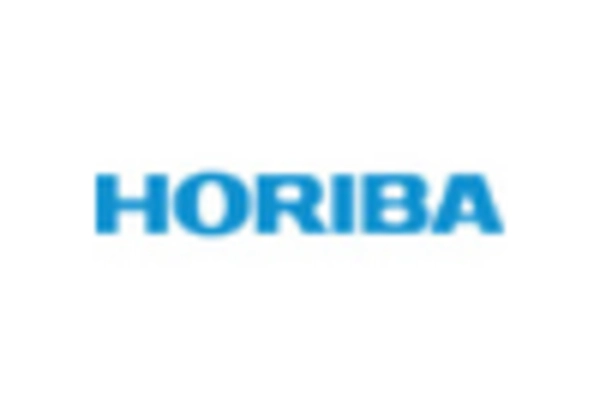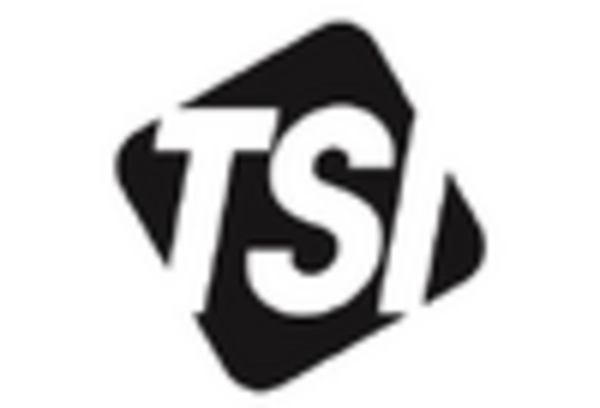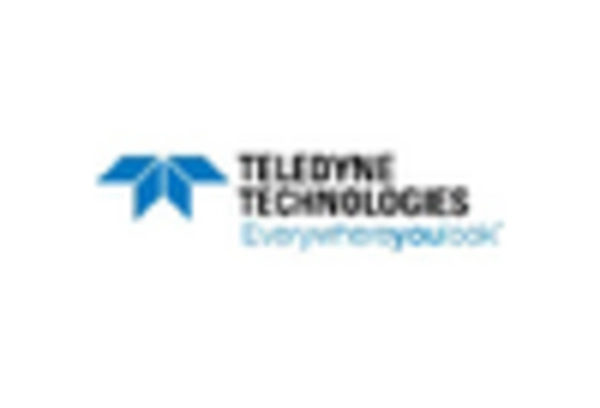Leading market players are investing heavily in research and development to expand their product lines, which will help the Particulate Matter Monitoring Market, grow even more. Market participants are also undertaking a variety of strategic activities to expand their global footprint, with important market developments including new product launches, contractual agreements, mergers and acquisitions, higher investments, and collaboration with other organizations. To expand and survive in a more competitive and rising market climate, the Particulate Matter Monitoring industry must offer cost-effective items.
Manufacturing locally to minimize operational costs is one of the key business tactics used by manufacturers in the global Particulate Matter monitoring industry to benefit clients and increase the market sector. In recent years, the Particulate Matter Monitoring industry has offered some of the most significant advantages to environmental protection and public health. Major players in the Particulate Matter Monitoring Market, including Thermo Fisher Scientific, Inc. (US), AMETEK (US), Spectris plc (UK), ACOEM Group (France), and Siemens (Germany), are attempting to increase market demand by investing in research and development operations.
AMETEK is a prominent manufacturer specializing in electronic products, including a diverse range of electronic instruments and electromechanical devices. The company's extensive product portfolio encompasses medical materials, motion control systems, sub-assemblies, connectors, electrical cord reels, gauges, titanium alloys, and various other offerings. In October 2019, AMETEK introduced two cutting-edge continuous emission monitoring systems (PM-CEMS), namely the 4650-PM and 4750-PM. These systems were designed to deliver highly precise and dependable measurements of particulate matter generated during industrial combustion processes in exhaust stacks and ducts.
Notably, the 4650-PM and 4750-PM systems were engineered for easy installation and aimed to provide extended trouble-free operation with reduced routine maintenance requirements.
Siemens is a prominent technology company operating at the forefront of the electrification, automation, and digitalization sectors. The company specializes in designing, developing, manufacturing, and implementing a wide array of products and complex systems. Siemens is known for tailoring its offerings to meet the unique needs of its diverse clientele. Siemens places its strategic focus on power generation, distribution, and advanced infrastructure solutions for both buildings and distributed energy systems. In March 2023, Siemens introduced the Connect Box, a smart IoT solution tailored for managing smaller buildings.
This user-friendly solution is designed to monitor building performance, optimize energy efficiency, and enhance indoor air quality in small to medium-sized structures, such as schools, retail establishments, apartments, or small offices.

















Leave a Comment